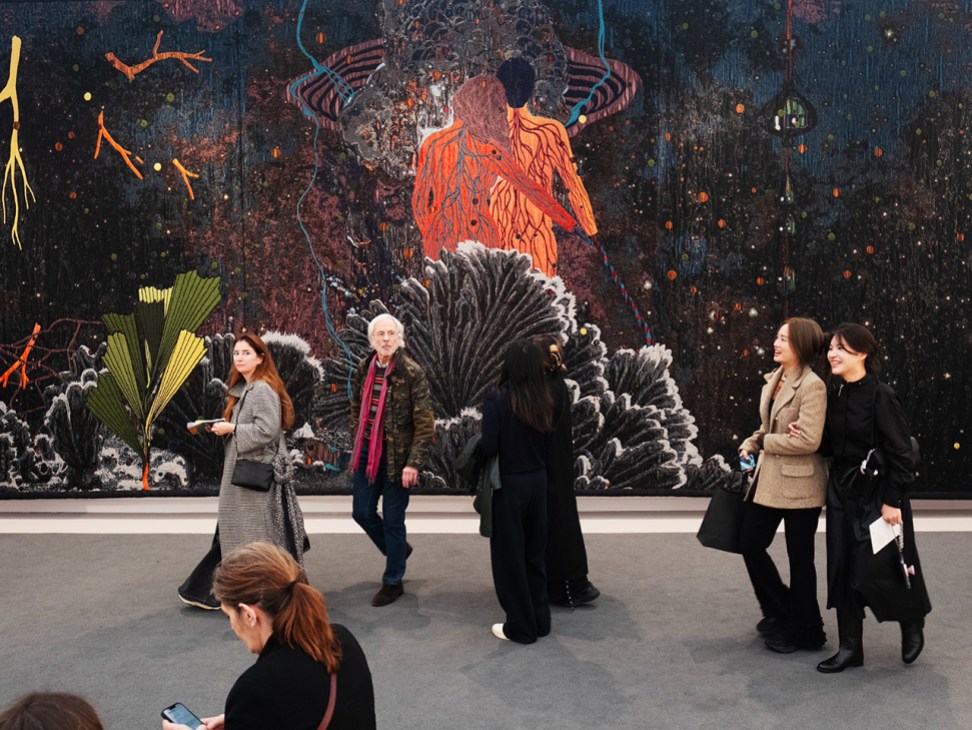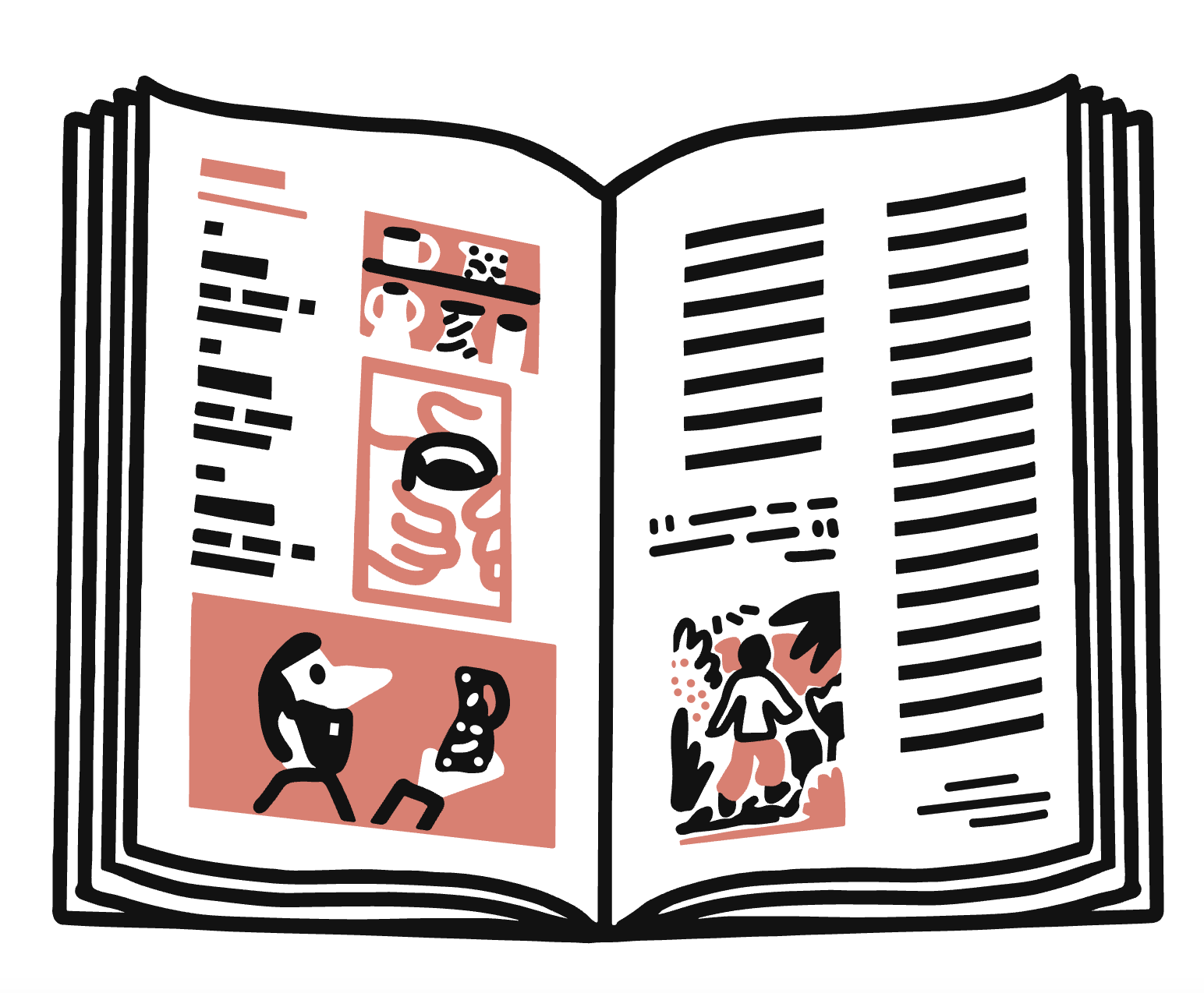Despite an underwhelming Frieze, London still has what it takes to thrive
If you have even glanced at the art press in recent months – presumably through thick-rimmed statement glasses – you would be forgiven for assuming that there’s little to celebrate. According to a recent market report from UBS and Art Basel, total sales in 2024 decreased by 12 per cent, a far steeper drop than the previous year’s 4 per cent decline. While this has been more acute in the world of auctions, galleries have also taken a hit. Over the summer, a slew of closures made headlines. In the US, Tanya Bonakdar Gallery’s Los Angeles space was the notable casualty. Across the pond, international gallery Almine Rech closed its Mayfair space and announced that it was liquidating its UK business, before moving into smaller digs this month. And, while Frieze recently announced that it is adding to its international roster with an Abu Dhabi set-up next year, there’s chatter among the booths in Regent’s Park that next week’s Art Basel Paris is on course to overshadow Frieze London, which runs until Sunday.
As temperatures dropped in the UK capital earlier this week, anti-Frieze sentiment cooled expectations. Some collectors have even skipped the event altogether. But its director, Eva Langret, tells me that the press sometimes neglects to paint the full picture of shifts in the sector. There are various reasons behind the closure of those US galleries, for example, not all of which are related to the state of the art market. And the UK still has the second-highest share of that marketplace (after the US), accounting for more than all of the EU countries put together, with Frieze its pre-eminent fixture.

Swiss gallery Hauser & Wirth made headlines for all the wrong reasons recently as profits from sales at its UK subsidiary fell by almost 90 per cent in 2024. But when I catch up with the team at its booth, its reps are all smiles, having sold 33 works across Frieze London and Frieze Masters in a single day, including a work by US artist Ellen Gallagher for $950,000 (€814,000).
So Frieze London has been busy and sales are buoyant – but how much felt new this year? At the fair, galleries have put the works of lesser-known artists – with their significantly lower price tags – up on the walls alongside those of household names, just as they did at Art Basel in June. London is known for its creative edge but I can’t seem to find it inside the tents. Away from the fair, however, I’m dazzled by the splendour and thoughtfulness of the new home of Middle Eastern and North African arts organisation Ibraaz on Mortimer Street. At satellite fair Minor Attractions, artworks fill the courtyard, corridors and bedrooms of boutique hotel The Mandrake. I wander into one guest room to see the bed dressed in an extravagant red textile work by Uzbek artist Aziza Kadyri. In a bathroom, Estonian artist Kristina Õllek’s pink-hued photographic sculptures dangle playfully from the ceiling.
Frieze’s Langret tells me that the art world is in a “moment of transition”. I’ve kept this in mind while attending the fair and exploring the city’s alternative shows. As the capital’s well-heeled crowd march through fallen leaves towards the tent, the autumnal scene at Regent’s Park Broad Walk serves as a reminder that we all need change and new beginnings. London still has enough cultural cachet and cool to compete with Paris.
Sophie Monaghan-Coombs is Monocle’s associate editor (culture). For more opinion, analysis and insight, subscribe to Monocle today.



